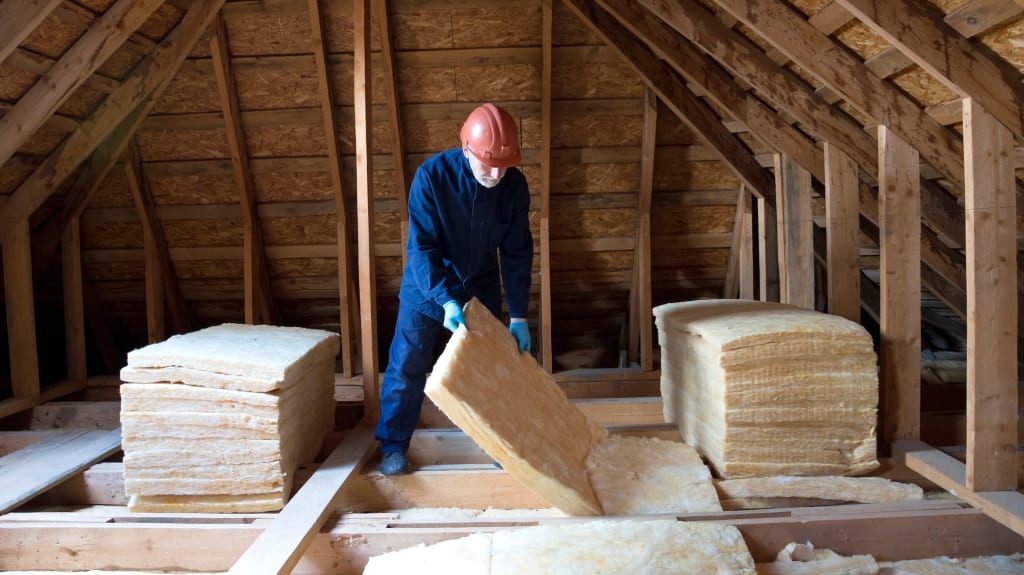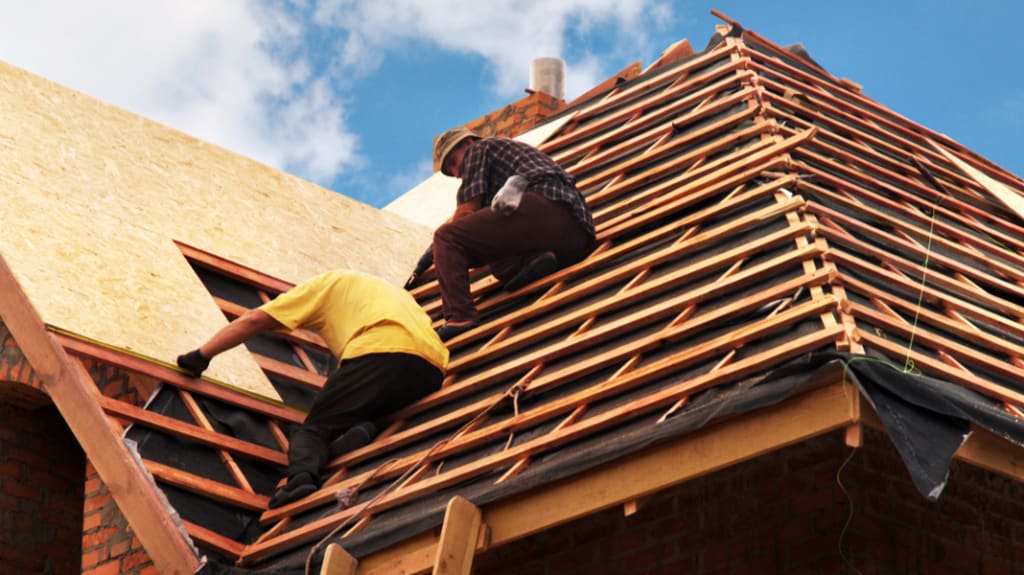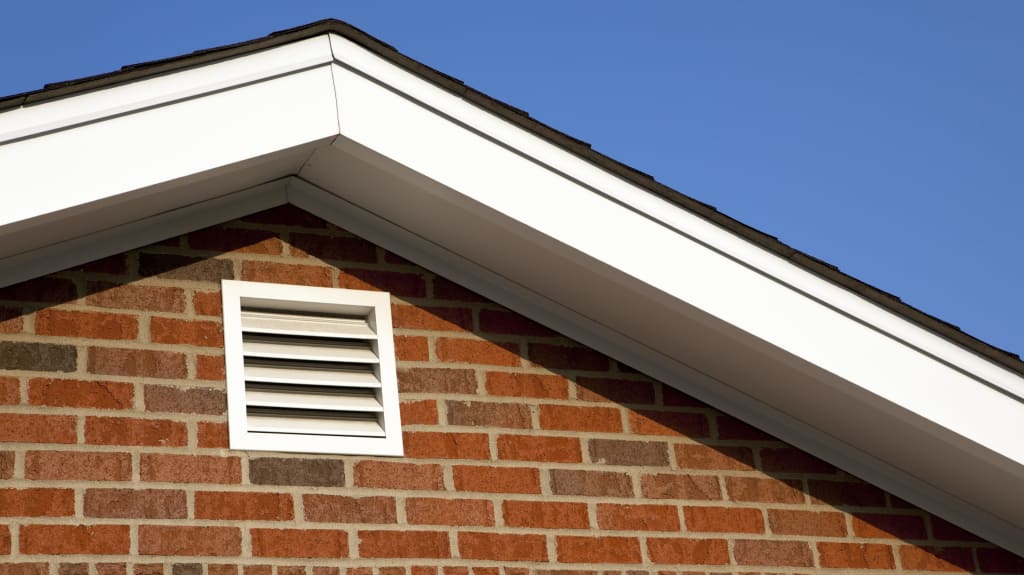Proper roof insulation is the ticket to regulating your home’s energy consumption. It limits heat loss, improves thermal comfort and ensures greater energy efficiency no matter the season. This article will walk you through the different types of insulation, installation costs and financial help available to support your project. Find all the information you need here to optimize your roof and ensure overall comfort!
The importance of having good roof insulation
The roof has a key role to play in regulating temperature inside a house. When properly insulated, it retains heat in winter and coolness in summer, which contributes to substantial savings on heating and air conditioning costs. And that’s not all: it also protects against moisture and condensation.
By suppressing thermal bridges (an area where insulation is less effective, allowing heat to escape) and by ensuring the proper ventilation of space under the roof, it prevents ice formation that causes damage to shingles, water infiltration and mould growth.
“It’s recommended to consult a building expert if you notice icicles hanging from your roof,” says Maria Santamaria, team leader, residential services and training at RenoAssistance. “They can confirm the root cause of the problem and identify how to fix it. The goal is to avoid premature damage to shingles.”
Also keep in mind that a poorly insulated roof gives rise to significant heat loss, impacting the overall well-being of people in the home and forcing the heating system to work longer and harder to supply heat. That means increased energy consumption and higher bills.

Signs of potential insulation problems
There are many visible signs to look for that reveal your roof insulation is no longer efficient. It’s important to keep a close eye on the situation to avoid being dinged with a costly repair bill:
Ice formation During extreme cold snaps, snow can melt on the roof and then freeze again. That can lead to ice formation that wreaks havoc on your eavestroughs.
Mould Excessive condensation creates the ideal conditions for mould to develop and spread in the attic or inside walls.
Air and water infiltration A poorly insulated roof lets cold air and moisture in, which impacts comfort levels in the home and the long-term sustainability of the structure.
High energy bills A sudden jump in your electricity bill is a sure sign you’ve got a problem with your insulation.
Ways to insulate a roof
A roof can be insulated from the inside or outside. Each method has its own pros and cons depending on the type of roof.
Insulating from the inside
Insulating the attic (or the walls in some cases) involves installing insulation materials inside the roof structure. This method is often the easiest and overall less costly to do but may require adjustments to manage developing thermal bridges or condensation issues.

Insulating from the outside
Insulation can also be done from the exterior of a roof structure. Sarking is one technique where insulation panels (polyurethane, polystyrene or rock wool) are positioned under a roof covering, attached directly to the rafters (beams that support the roof), before roofing materials (tile, slate, etc.) are installed. It’s like a second skin that improves the thermal insulation of a roof without having to make any changes inside.
This method is particularly effective on flat roofs or low-slope roofs because it improves the waterproofing and ensures proper ventilation under the roof. It also prevents the creation of thermal bridges.
Insulating a roof from the outside is usually more expensive than doing it from the inside due to the materials required and the complexity of the work involved. Indeed, the existing roof will have to removed or adjusted to make room for new insulation panels and a protective covering.

Different types of roof insulaton
The best insulation to choose for your particular roof depends on several factors, such as how much surface needs to be covered, anticipated thermal performance and available budget. The following are some types of insulation currently being used.
1. Blown wool
Quite popular for internal thermal insulation, blown wool is most suitable for attic and loft spaces. It offers solid performance at a relatively affordable cost.
2. Rock wool
This material has excellent soundproofing and thermal insulation properties. It’s often used to insulate flat roofs and walls.
3. Polyurethane panels
Polyurethane insulation boards are lightweight, easy to install and highly efficient. They’re recommended for exterior insulation (including flat roofs).
4. Fibreglass
It’s used in the production of batt insulation (pink wool that comes in batts or rolls). Fibreglass delivers excellent thermal performance in the attic.
5. Natural insulation
Materials like hemp, sheep’s wool and cork can be used as eco-friendly roof insulation. Sure, it’s more expensive but provides homeowners with choices that align with an environmentally conscious lifestyle.

Insulation standards to take into account
In Quebec, there are strict standards to follow for the thermal insulation of buildings, the most common is the R-value. It measures the thermal resistance of insulation materials. The minimum R-value varies according to the type of roof and building location. When it comes to a sloped surface, the R-value should be at least 40, while it has to be around 50 for a flat roof to ensure effective insulation.
Roof ventilation regulations dictate a minimum ventilation ratio of 1/150, one square foot of ventilation per 150 square feet of ceiling area. This ensures the adequate circulation of fresh air inward through soffits and the outflow of hot and moist air through ridge vents.
Cost of good roof insulation
The cost of insulation can vary widely from one roof to another depending on factors like method selected, materials used and amount of surface to cover. On average, prices range from $5 and $20/square foot. Interior insulation is usually cheaper, while installing from the outside requires a higher investment due to the complexity of the work involved.

Available grants
Several financial incentives are potentially available to Quebec homeowners who want to get roof insulation work done. A provincial government initiative, the Rénoclimat program offers subsidies to encourage energy efficiency improvements in residential buildings, including roof insulation.
To take advantage of this, you first have to get a roof inspection done and an energy assessment of your home performed by an accredited expert. Any work carried out has to follow the recommendations made. Once your project is complete, a second inspection will be performed to confirm the improved energy performance and to be able to calculate the amount of a grant coming your way.
Get in touch with RenoAssistance to get your roof done
Looking to improve the comfort level in your home and cut your energy bills? RenoAssistance can connect you with Verified Contractors in our network who are qualified to repair your roof. Don’t let thermal bridges form and eat away at your savings. Contact us today to tell us about your project and find a quote.
Find a contractor




